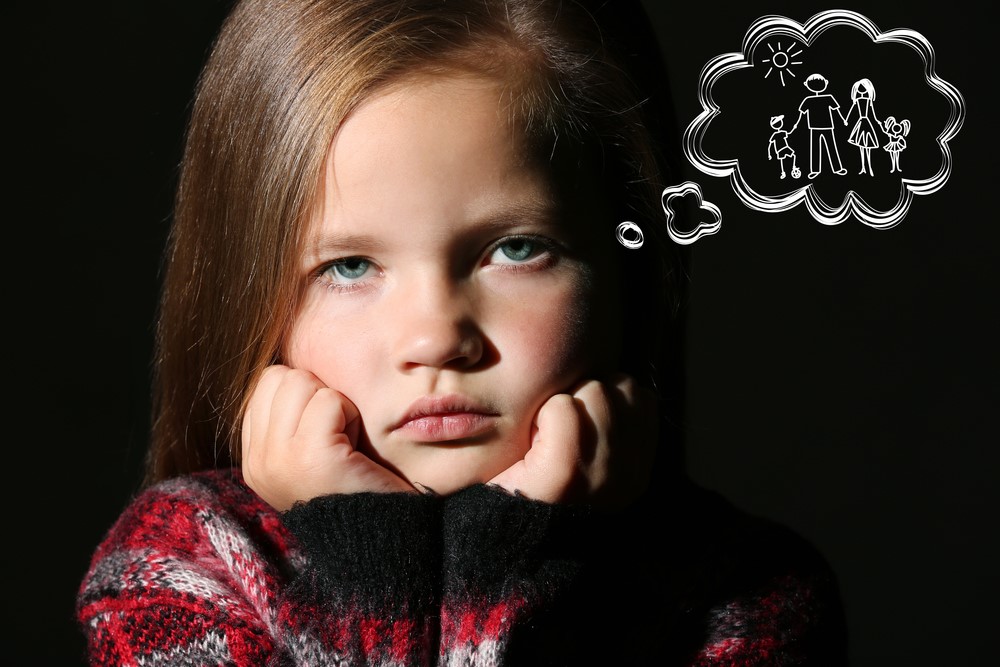Posts Tagged ‘Children’
“My Child Refuses To See Me After Our Divorce”
During and after divorce, and often leading up to it, the family system is stressed. Parents and children cope with this stress in many different ways, some adaptive and others very dysfunctional. If your child is resisting or refusing to spend time with you, it is not only heartbreaking, but also confusing. Legal and mental…
Read MoreWho, When, What: 3 Tips for Telling Children About Divorce
The day parents talk to their children about their separation will be a day pressed into the memory of most kids. Most remember vividly where they were in the room, the words that were used, and who was present. That’s why it’s really important to think hard about what you’re going to tell them and…
Read MoreAre You Ready To Leave Your Marriage?
It’s one of the most gut-wrenching decisions that any conscientious adult comes up against – deciding whether to leave your marriage. When marriages suffer, most people twist and turn on this decision for years, painfully sliding up and down the scale of indecision, self-doubt, and ambivalence. Thing is, there is no sure-fire mechanism, or assessment,…
Read More


